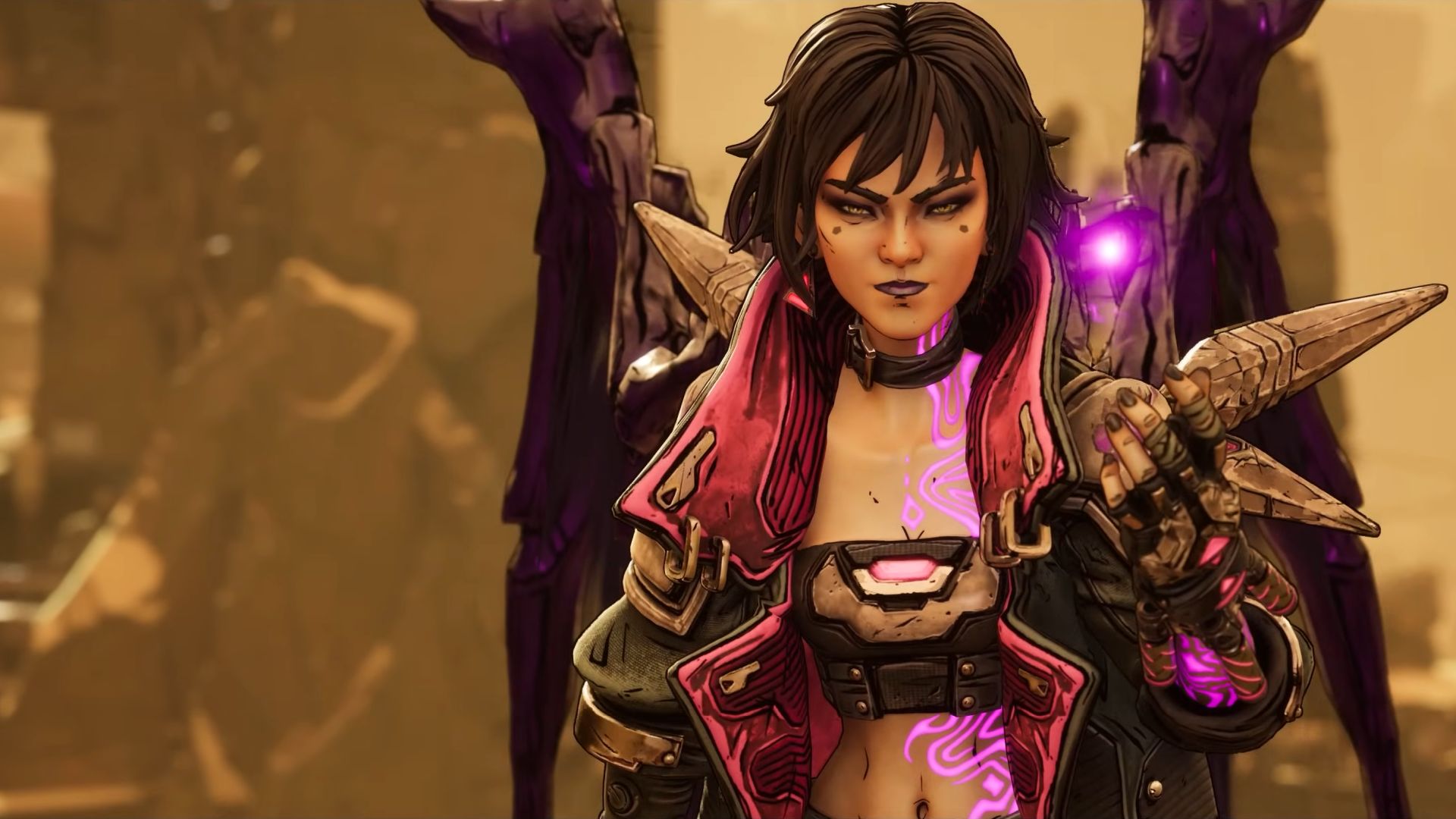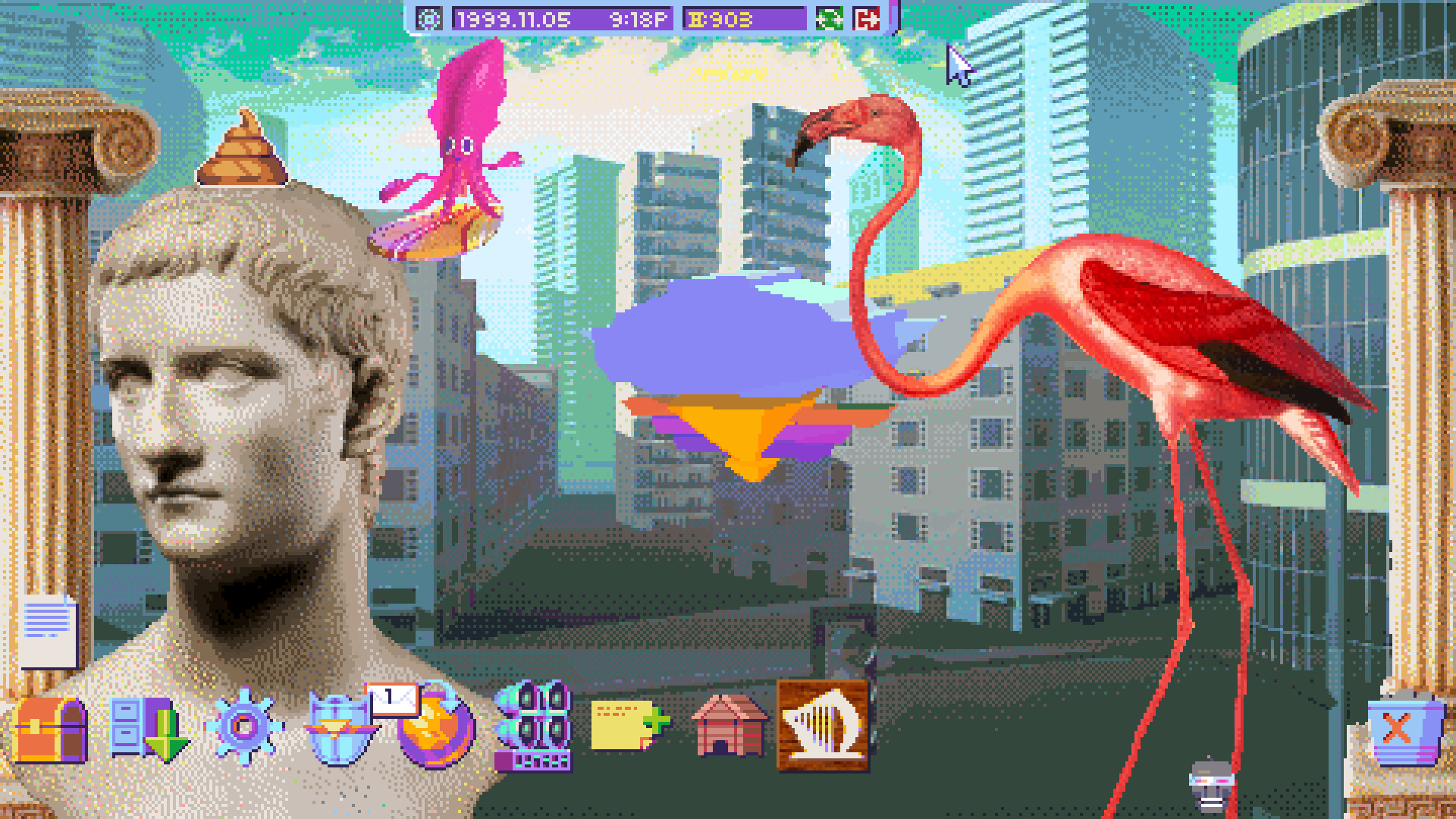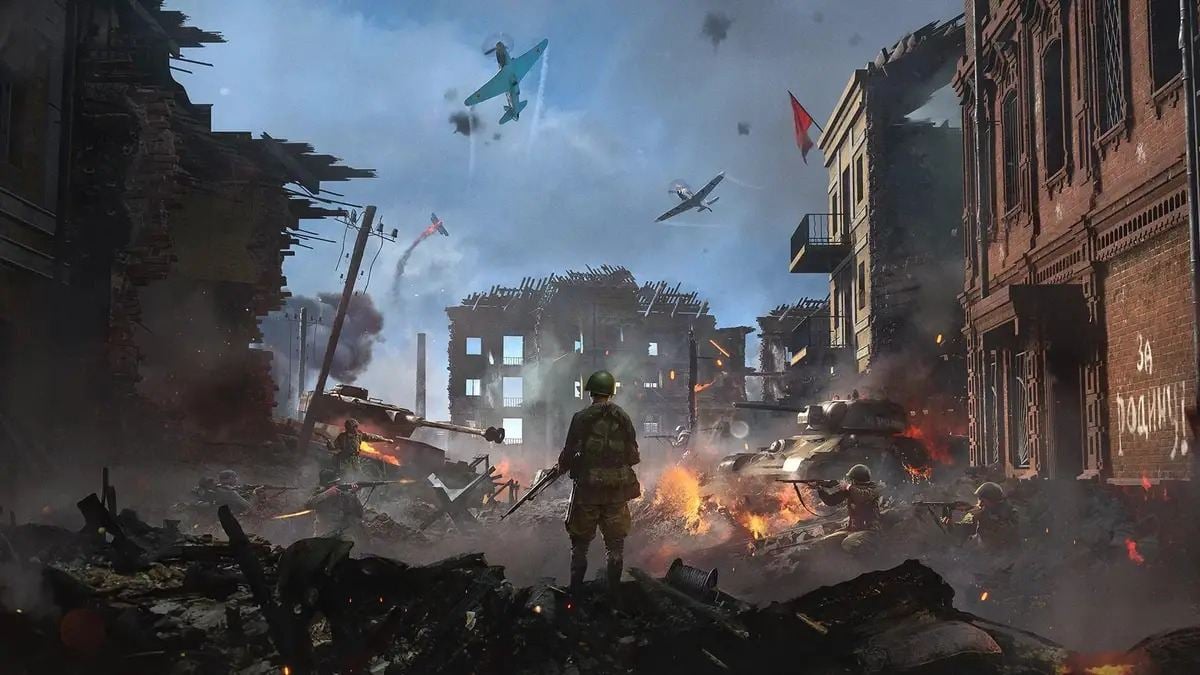
The Crush House Is a Playable Version of a ‘90s Reality TV Show With a Dark Twist
When I was a kid, I removed the ladder from my Sims’ pool while they were blissfully doing their morning laps. They drowned, as expected, and drama ensued. I didn’t do this to be mean, but to tug on my Sims’ attachments to develop a tragic story. Though those stories are easier to manufacture in today’s iterations of The Sims, few other games allow you to put personalities together and shake them up to see what happens. Enter The Crush House. Like The Sims, The Crush House allows players to engineer drama by casting four people with defined strengths and flaws to star in a 1999 reality TV show. Unlike The Sims, The Crush House’s gameplay is more passive in how you directly impact the character’s interactions as you take the role of the show’s producer and camera person. Though the demo I received during GDC was hands-off, I’m excited to see not only how much chaos I’ll be able to witness when The Crush House is out later this year, but also uncover a mystery that plagues the shadows of the pink mansion.
The Crush House is a “thirst-person shooter” where players take up a camera to film their four out of 12 chosen cast members’ actions around a hot pink house filled with activities. What they need to film depends on the day’s current audience. The first day featured Crush fans, meaning they were easy to please simply by filming the cast doing anything. The second audience was landscaping lovers, described as people who might be into HGTV garden shows but happen to be watching the start of a new reality TV show instead. The primary goal of The Crush House is to satisfy the viewership craving for any combination of its 35 audience types. So, while rating points for Crush fans were earned by simply showcasing the cast, the landscaping lovers’ satisfaction only rose when plants were featured, meaning the cast didn’t even need to be in a shot for them to be happy.
Failing to complete the required satisfaction meters for the day’s audiences results in a game over, though you can retry the day to keep the season going or restart from the beginning. Audience satisfaction requirements get more challenging to meet as the game goes on with up to six different audiences needing to be pleased. I didn’t see them in action, but The Crush House Director Nicole He told me about audiences like Suburban Moms who like a flirty male cast member, Emile, and food-related content. There’s also the activist audience who dislike the show for being fake and exploitative, but to satisfy them, they need to be shown things that prove their point.
An in-game week constitutes a season and The Crush Houses’ underlying mystery can be solved in about four seasons but can continue to be played after the core mystery is solved. Given that only four of 12 characters can be cast for a season, there are plenty of interesting personality combinations to experiment with and ways to use them to solve increasingly complex puzzles to satisfy audience needs.
“[It’s] like 400 and something permutations,” He said. “From a technical and narrative perspective, it would be impossible to just write out all the dialogue between all those combinations, so we built this reality TV simulation system basically that lets us look at who all these characters are, what their personality traits, are, what they’re attracted to, what they’re not attracted to, and other things that are happening in the house. And then it creates these scenes that can play out between the different characters. Every time we play, it’s something completely unique.”
I didn’t get a chance to look through the casting profile of each of the twelve characters, but the four featured in my quick demo were intriguing. They ranged from expected stereotypes like the himbo Alex to the unexpected in the shy architecture school drop-out Bea. I enjoyed seeing how the four’s first introductions during the season premiere were laced with judgment and skepticism, making me think there are some especially chaotic character combinations I could come up with. The cast then moves around the Crush House as they please, splitting off into small groups to engage in activities around the hot pink house.
More activities and points of interest can be added to the Crush House at night by purchasing props with money earned by running ads. Ads are automatically run anytime the camera is not actively filming, and I liked that there’s even a strategy to the ads. As a season progresses new ads are made available, and each ad is more likely to connect with certain audiences resulting in more money earned. The nighttime production break gives players a chance to check the ratings, a forecast for the next day’s audiences, and a chance to select the three ads that’ll run during filming breaks. Nighttime also provides cast members a sneaky opportunity to make prop and house upgrade requests, and even filming requests. I didn’t come away clear on the benefits of satisfying cast members’ wishes, but I have a feeling it has to do with the underlying mystery. After all, we’re explicitly told not to talk to the cast, so forming any connection with them is supposed to be off-limits.
“We definitely approached [designing the characters] from the angle of thinking about reality TV tropes. And also, again, thinking about particularly the negative qualities of the characters were quite important. We just tried to have kind of a range of different types of personality flaws,” He said. “It’s also not just, ‘here are all the tropes, here are all the bad things…’ As you can see with the nighttime gameplay as you talk to them at night, get to know them a little bit. And then also, again, without getting into spoilers too much, with the sort of mystery narrative on top, you start to understand a bit more of who these characters are, not just in the way they present themselves during the filming of the reality TV, but also again, their motivation for being here and what they’re trying to get out of it.”
With the short demo, I didn’t get a sense of the cast members’ goals, though I did see more drama in action through the props and the intensity of having six audience thirsts to satisfy at once. The demo skipped ahead to the penultimate day of the first season and featured a newly purchased, massive statue of two figures fighting. The day began and the house members crowded the statue, and before long, two cast members started bickering. Several audiences were satisfied at once by filming the argument from the second floor, at a Dutch angle; the film students liked the creative filming, the butt guys liked the butts in the shot, and the voyeurs liked that the situation was being filmed from a window discreetly. It was a good example of how to satisfy multiple groups at once to make the most of a situation.
The demo ended with a faceless character luring the player into a mysterious backroom elevator with the promise of information. As much as I’m interested in seeing how much mayhem I can brew with the right combination of characters and props, I’m even more interested in knowing there’s a deeper layer to the showy Malibu house. Did I know I wanted an intricate reality TV puzzle game? Nope, but I do now and I can’t wait to play it.
Miranda Sanchez is the executive editor of guides at IGN. She’s a big fan of beer, Genshin Impact, and fountain pens. You can sometimes find her on Twitter.






